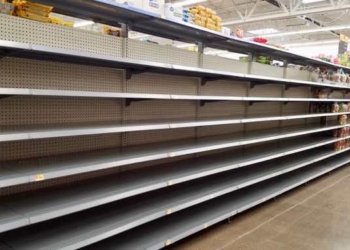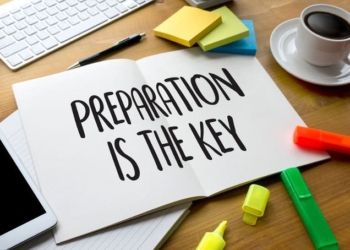When you want to grow some vegetables at home or have a few plants to nurture and enjoy their blossoming out, then it’s a bit daunting when you’ve never shown a green finger before. If gardening is completely new, you’re in for a learning curve. However, don’t be put off by that at all.

The experience of growing plants (or vegetables that you can consume once fully developed) is an extremely rewarding one. It’s a type of life that’s largely undisturbed by the problems in the world right now, of which there seem to be a good few. So, “veg out” with a new garden, even if you have limited space to start with.
Here are 4 ways to begin your journey.
1. Get the Right Supplies
When you’re interested in either hydroponics or indoor gardening, then you need specific supplies.
Everything is likely to be on a more miniature scale compared to managing a huge garden. This makes it easier to get going because you need fewer things to get started. It’s also less confusing for a beginner too and prepares you well if you later get access to a large garden or allotment to expand your efforts.
Suppliers such as progrow.co.uk, which is focused on indoor gardening and hydroponics – they can steer you right for appropriate supplies for indoor plants or vegetable growing using limited space.
2. Learn About Soil Nutrients
The soil has nutrient value. Depending on how nutrient-rich the soil is that you wish to use to grow your plants or vegetables, the results will vary.
All living things require nutrients to grow and remain healthy. The same is true for vegetables and plant life.
Some nutrients will come from natural sunlight through a window or grow lamps, that helps. Plant life also uses oxygen, hydrogen, and carbon. Plus, clean water too.
However, be sure to use soil that’s rich in nutrients. Plants and vegetables mostly need potassium, nitrogen, and phosphorus to grow strong and well, so the soil must be rich in these especially.
3. Choose the Right Vegetables and/or Plant Species
Not every type of plant grows well indoors. Some also grow surprisingly tall or wide, which you may not realise when purchasing them if you’re unfamiliar with their species. So, do your homework in this regard to get a better idea of which plants to purchase that will be best indoors.
For vegetables, herbs grow well, as do hot peppers. Salad greens grow nicely and fill out a lunchtime salad well. Microgreens are also worth trying to grow because they’re heavily nutrient-rich. Tomatoes you might be able to grow under grow lights. They do need 10-15 hours of sunlight every day, at least, so they’re hungry for it.
4. Indoor Plants and Vegetables Still Need Your Time
While managing a larger garden is a far more extensive enterprise to get involved with, don’t think that indoor gardening means you are completely hands-off once they’re planted.
You may find that grow lamps need adjusting here and there to tweak the results you’re getting. Also, some vegetables or plants will fare better (or worse) than others. So, they’ll be a little experimentation involved as you learn what works both best for you and the home setup.
It’s a lot of fun and personally rewarding to develop an indoor garden. Especially when you turn a limited amount of space into something really special.













